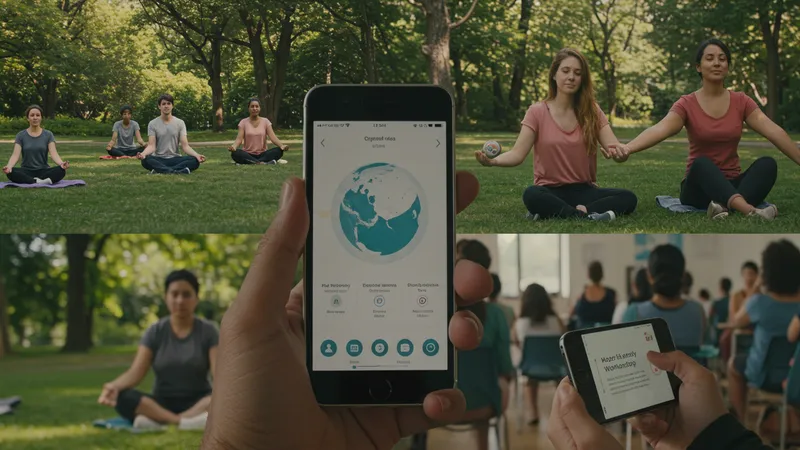
Mental Health & Wellness: Strategies For A Balanced Mind
Key Components of Mental Health & Wellness Practices in Canada
Core elements of mental health and wellness strategies encompass self-care routines, mindfulness training, and regular connection with support networks. In Canada, these practices often reflect the country’s commitment to inclusive and preventative approaches—whether through public organizations like CMHA or digital platforms like Headspace and Calm. Implementation often starts with small, daily habits, making the process less daunting and more accessible for people with busy lives or limited resources.

Mindfulness-based stress reduction (MBSR) and guided meditation have shown strong adoption rates, especially in Canada’s larger cities. For instance, users of Calm can access guided sessions tailored to stress management, emotional clarity, and even workplace focus. These structured programs help users develop skills in attention control and emotional self-regulation—abilities that have measurable impacts in both their professional and private lives.
National organizations such as the Canadian Mental Health Association reinforce wellness by providing educational campaigns and local workshops designed for cultural competency. Services frequently include low-cost or free group sessions, toolkits, and peer-led activities—bridging gaps for many who might otherwise hesitate to seek traditional clinical care. Programs like “BounceBack” and other CMHA initiatives illustrate how mental health support is made accessible for a broader range of Canadians, regardless of age or background.
The interplay between digital and community-based approaches means that Canadians can personalize their mental health journeys. For example, one might start with meditation exercises using Headspace and then seek additional guidance from local support groups via the CMHA. This adaptability allows for a continuously evolving, needs-based approach to sustaining mental wellness—a critical factor in today’s rapidly changing world. Continue reading for practical tips and lesser-known features of these strategies.